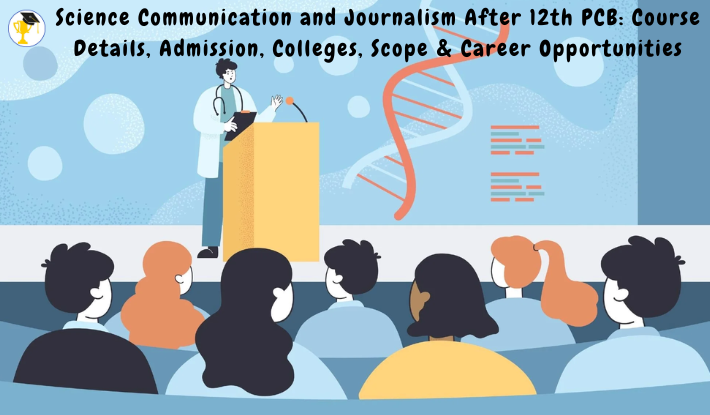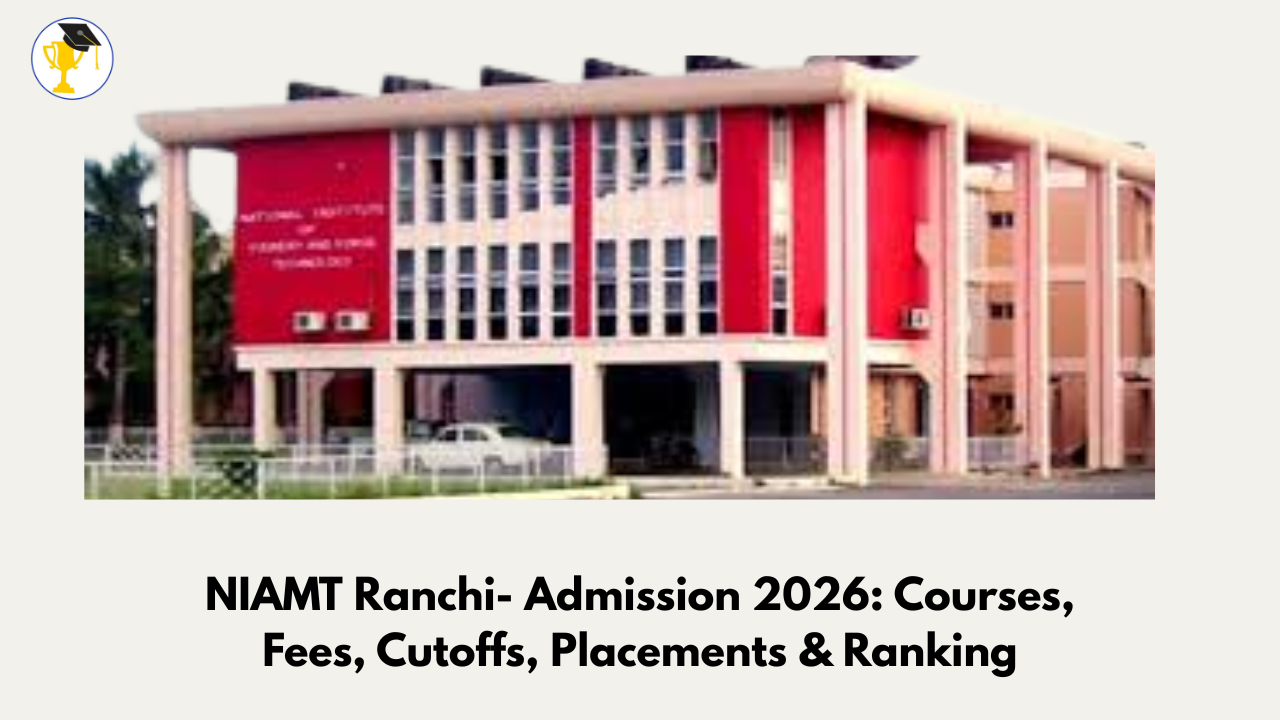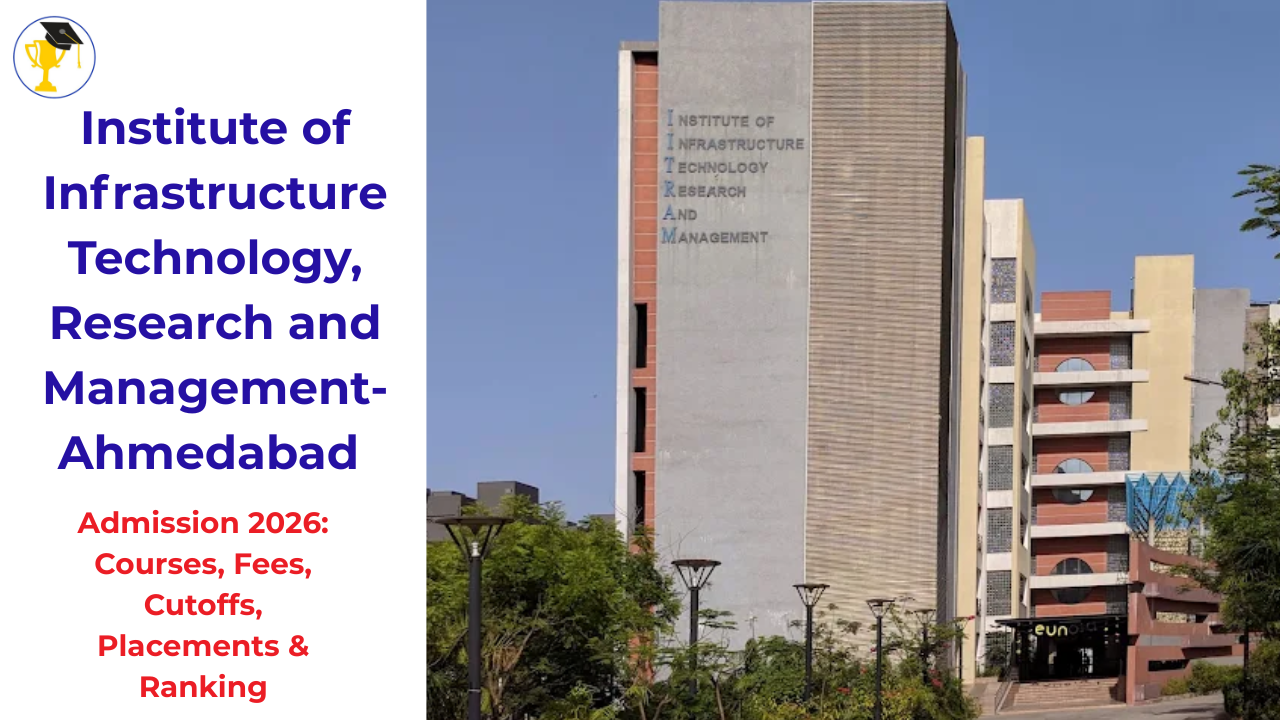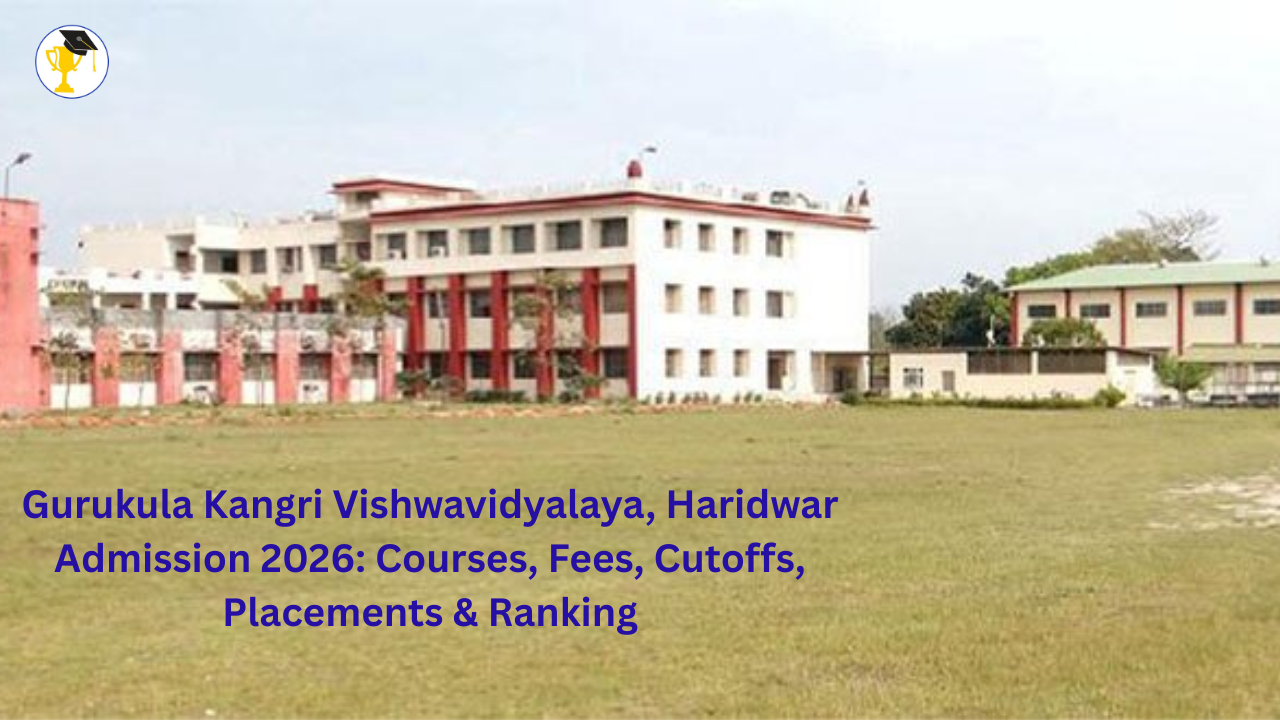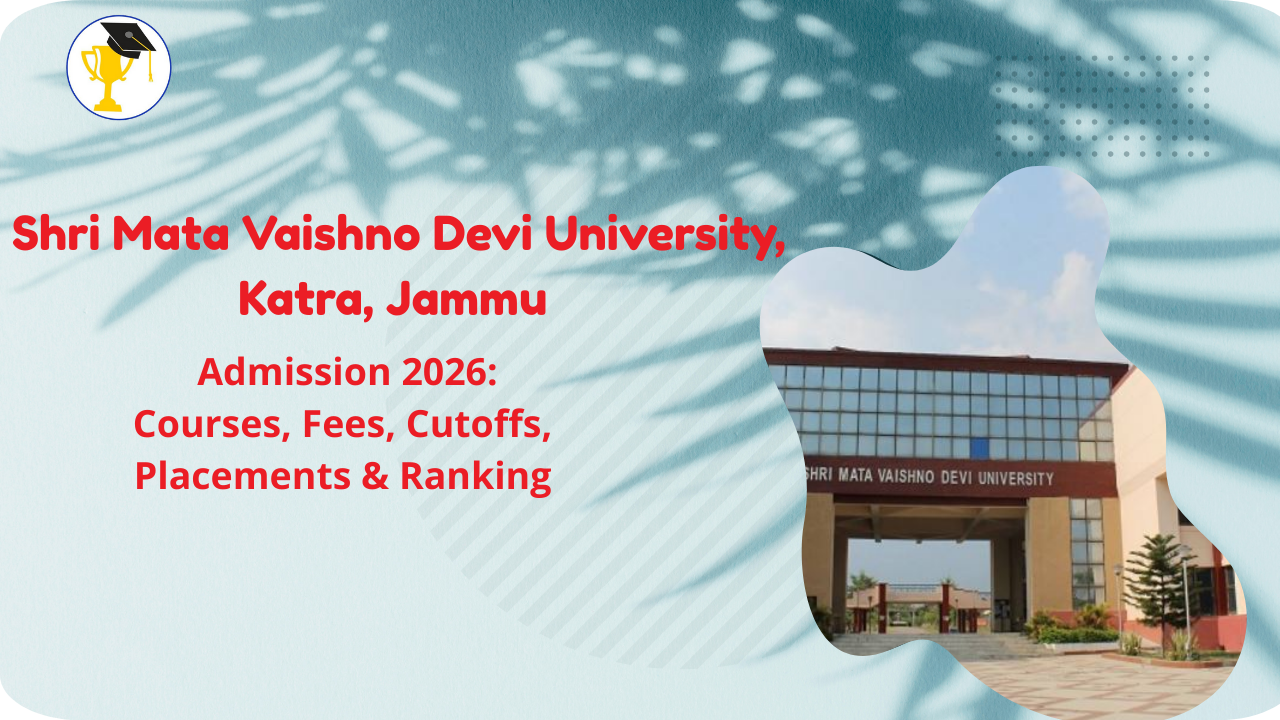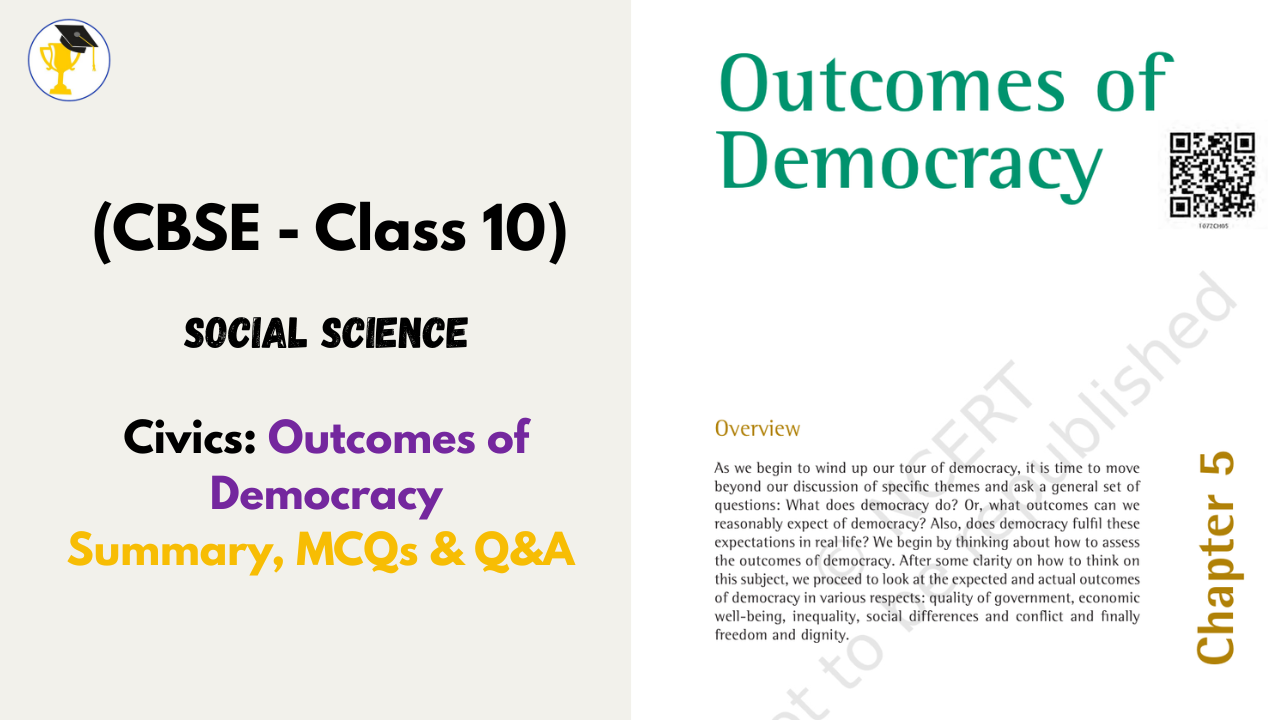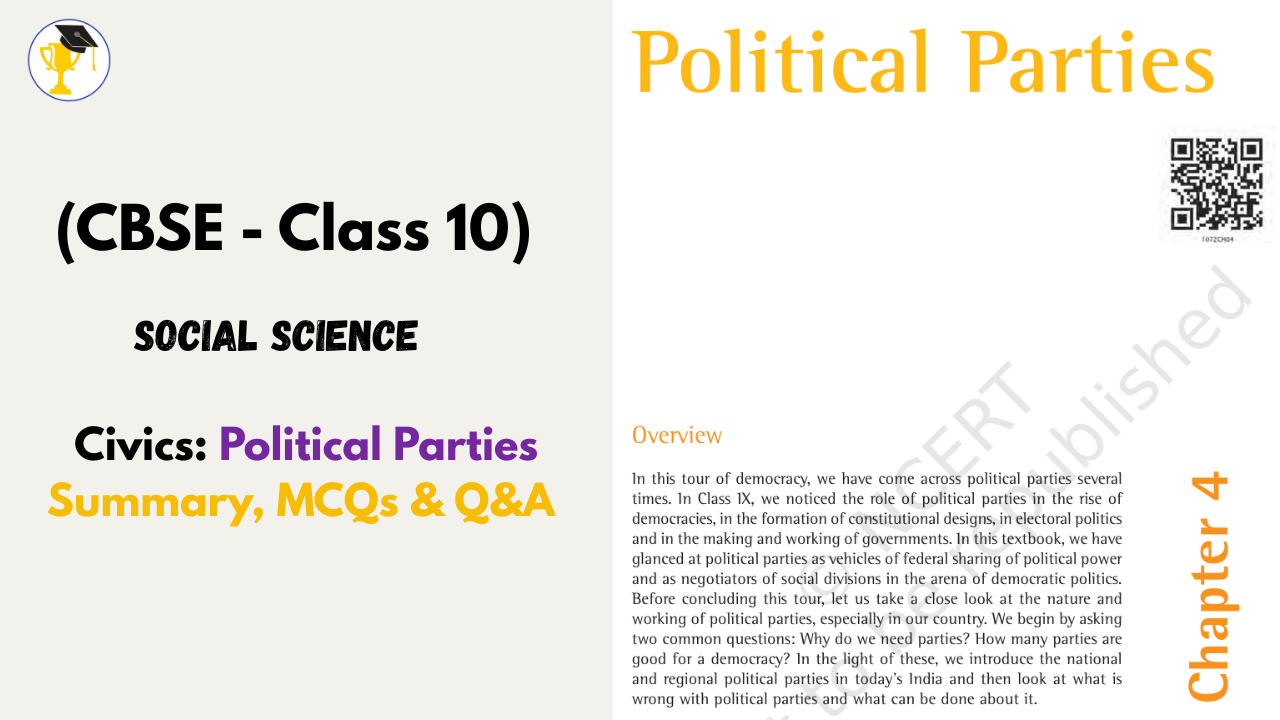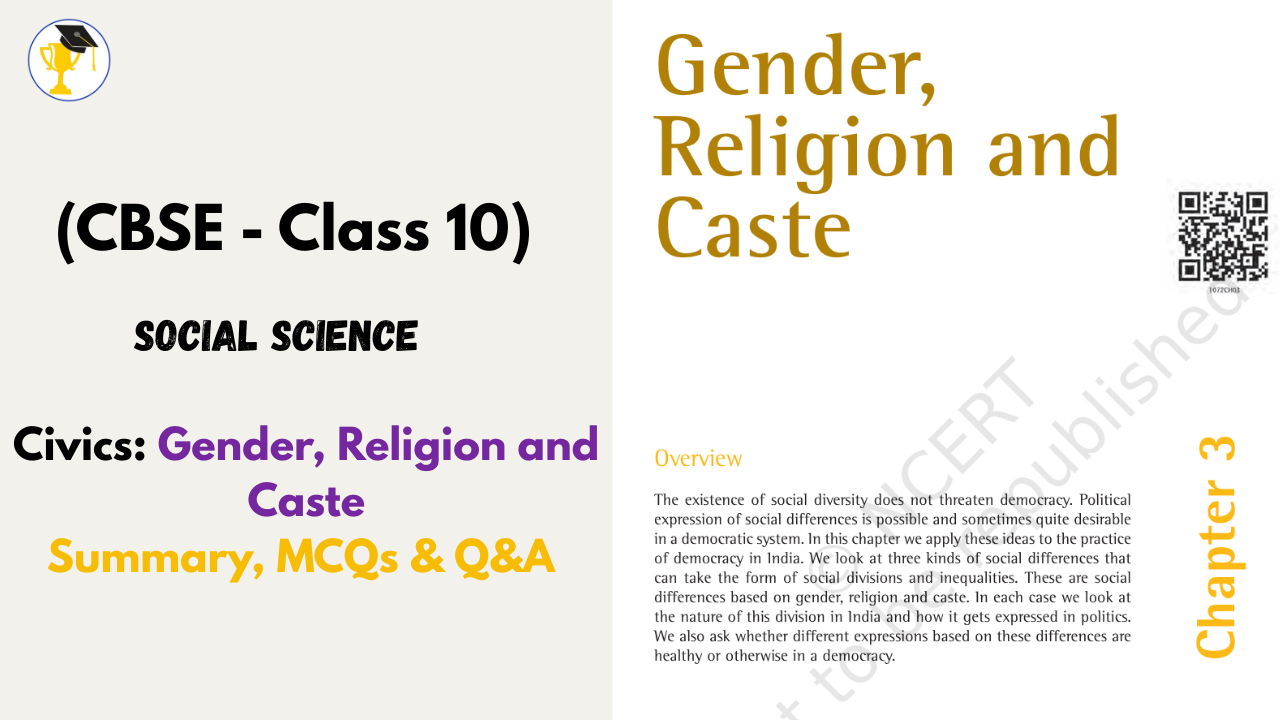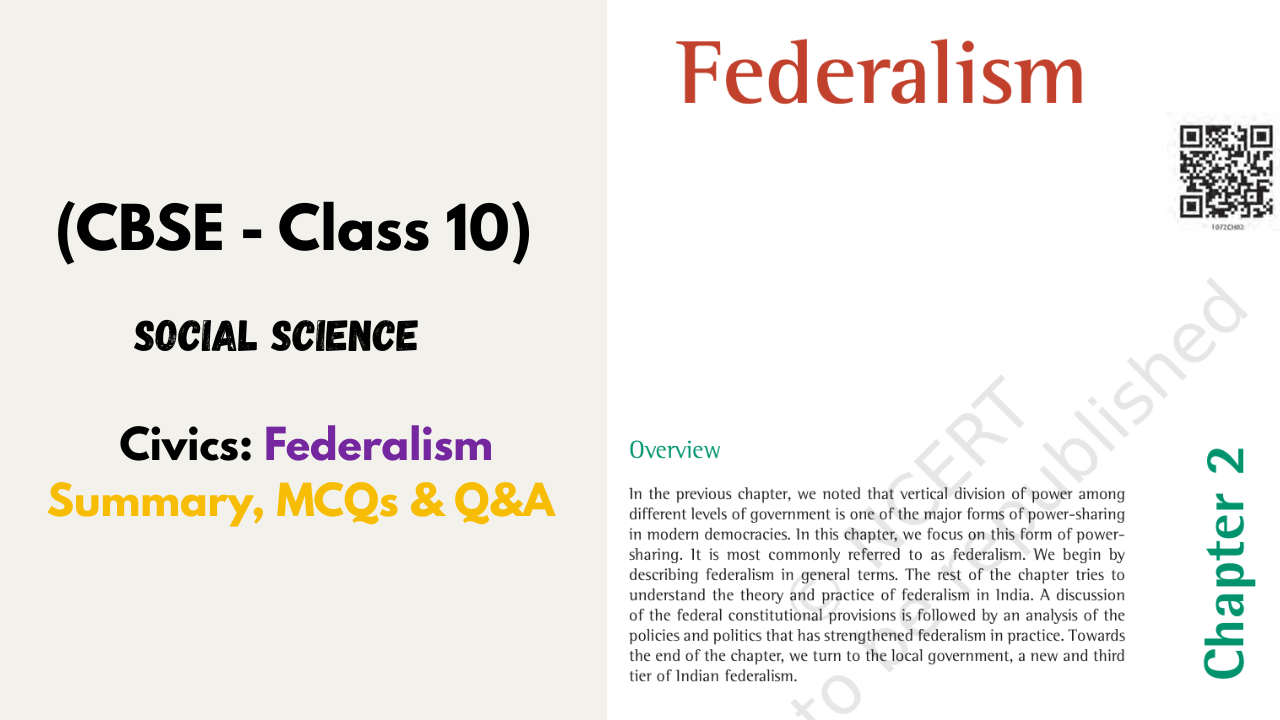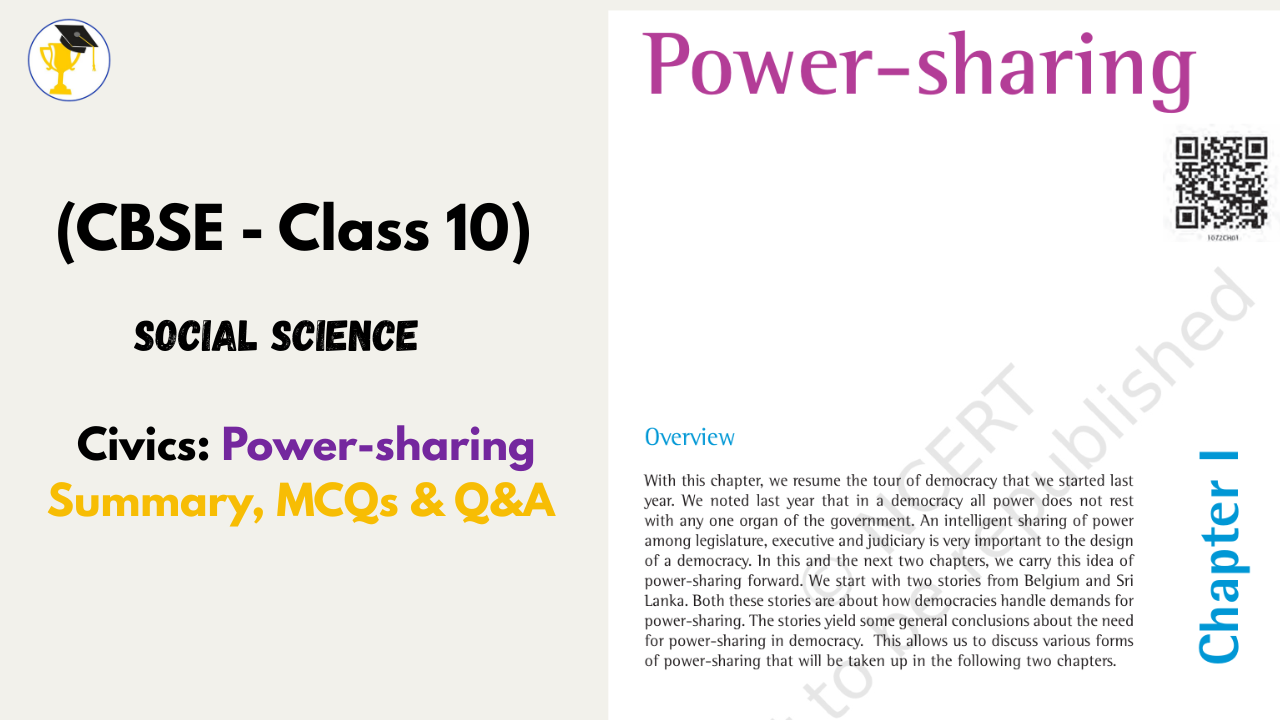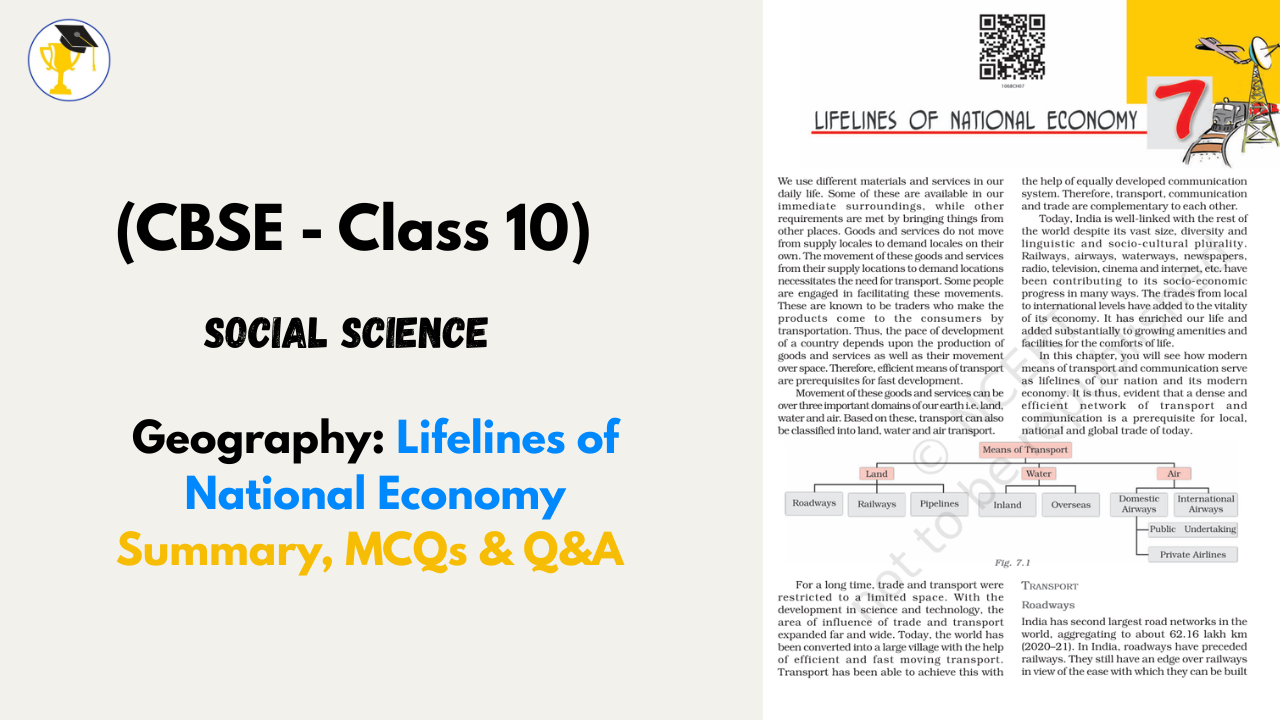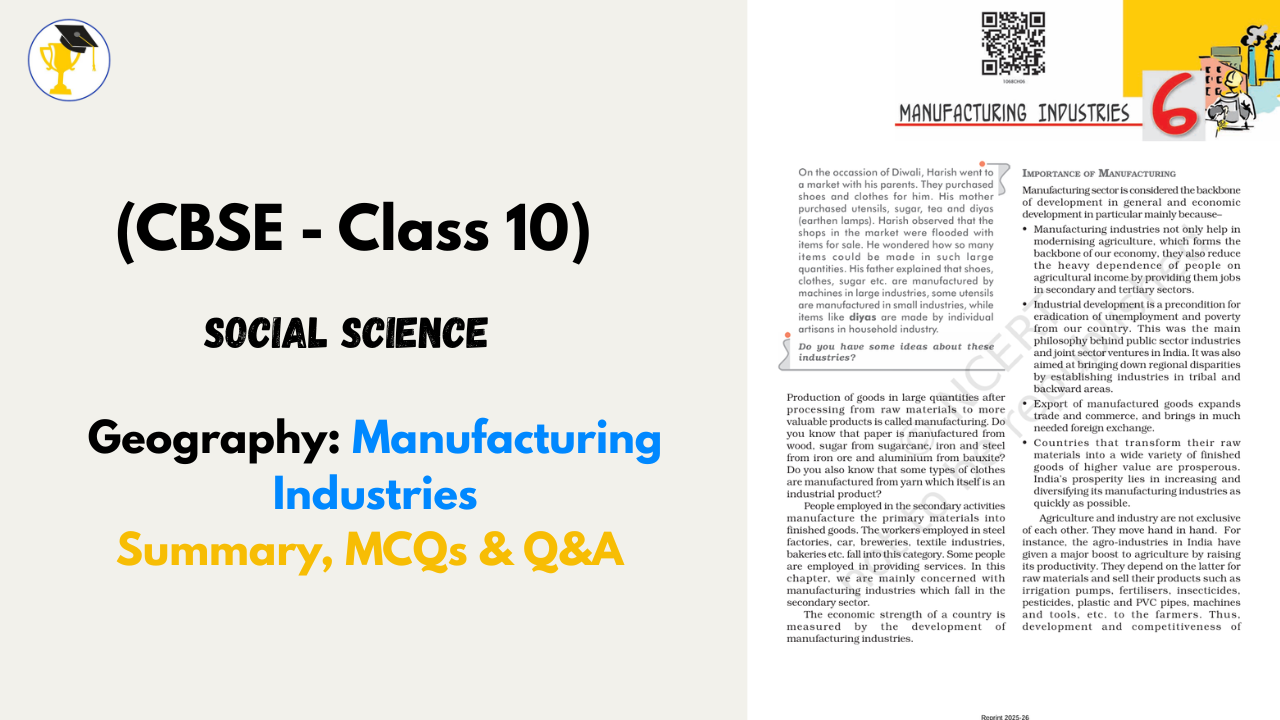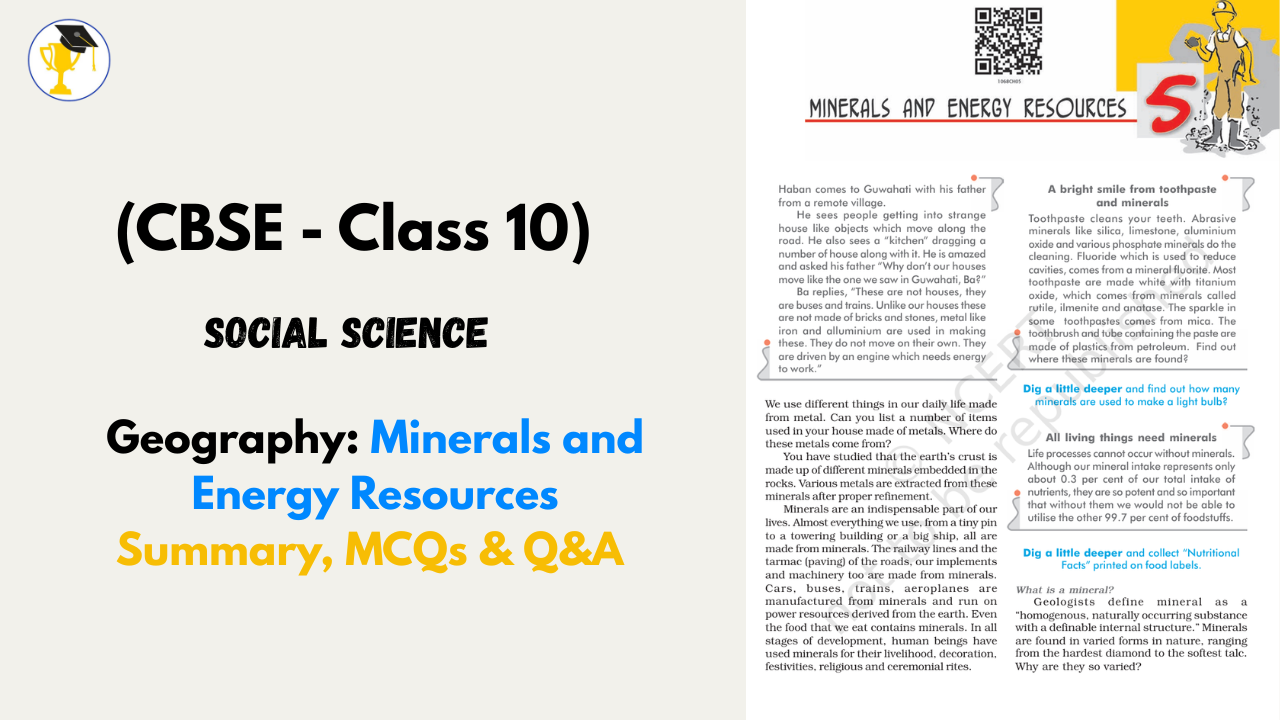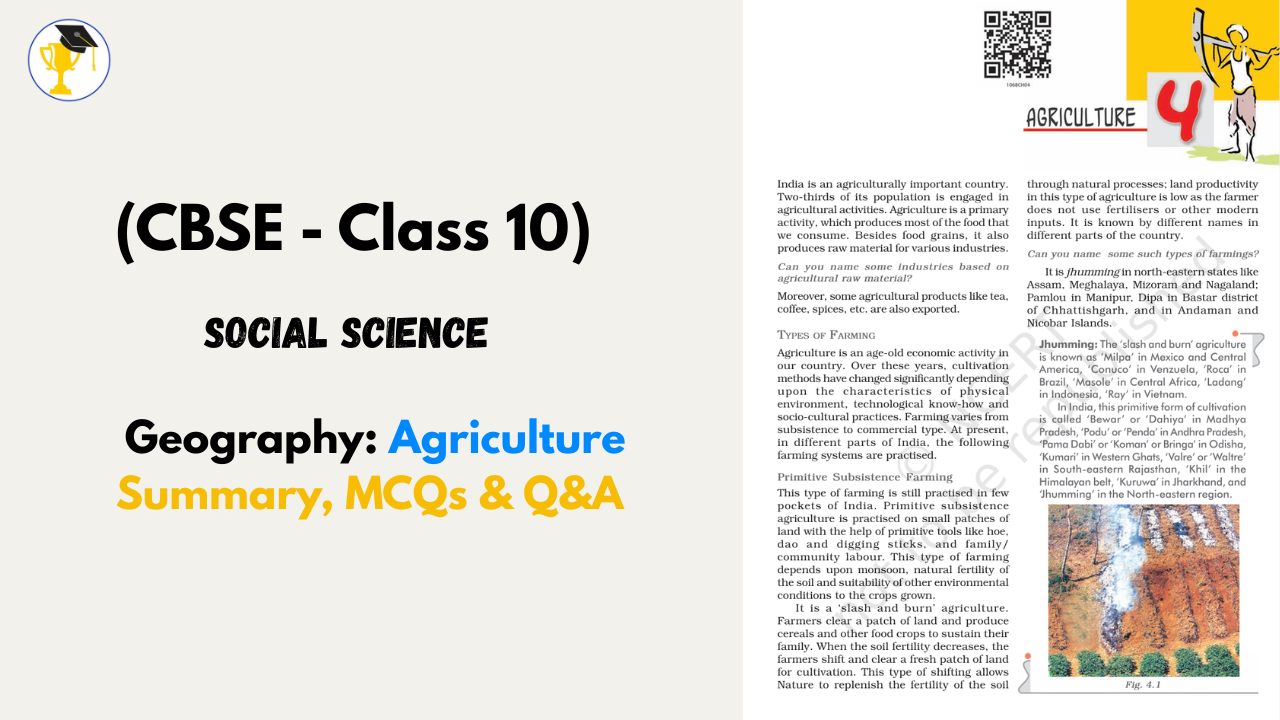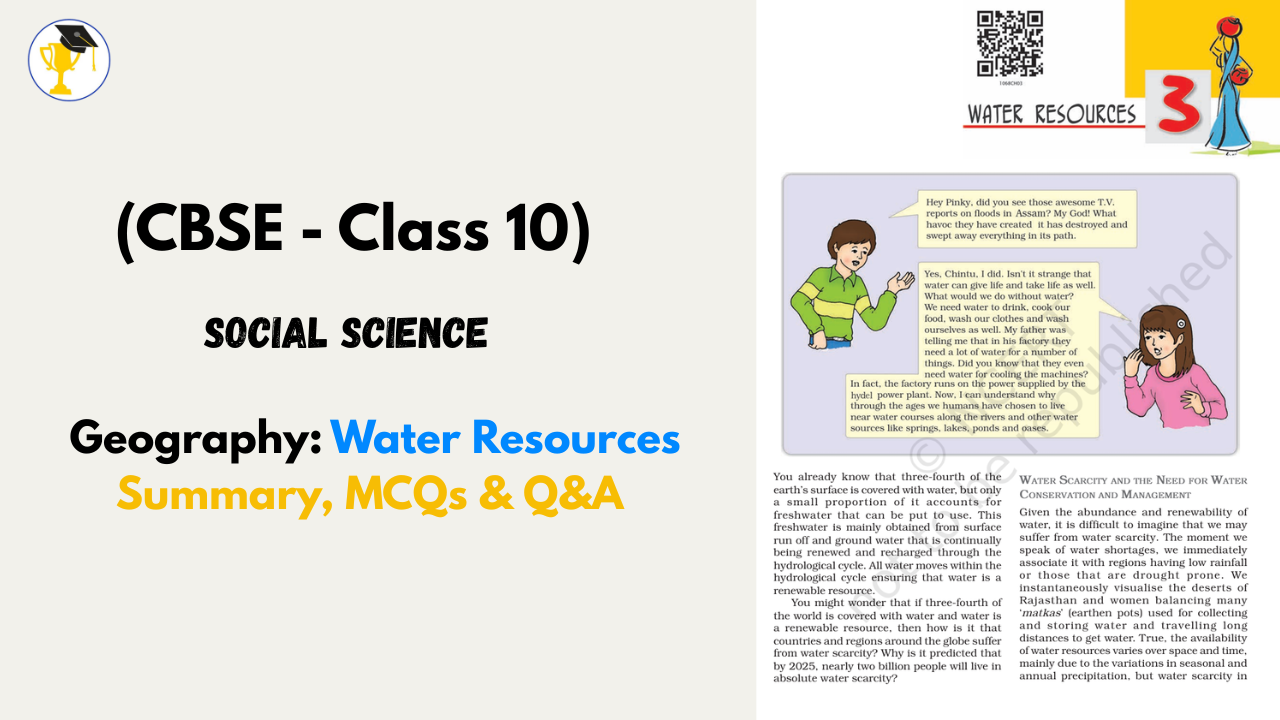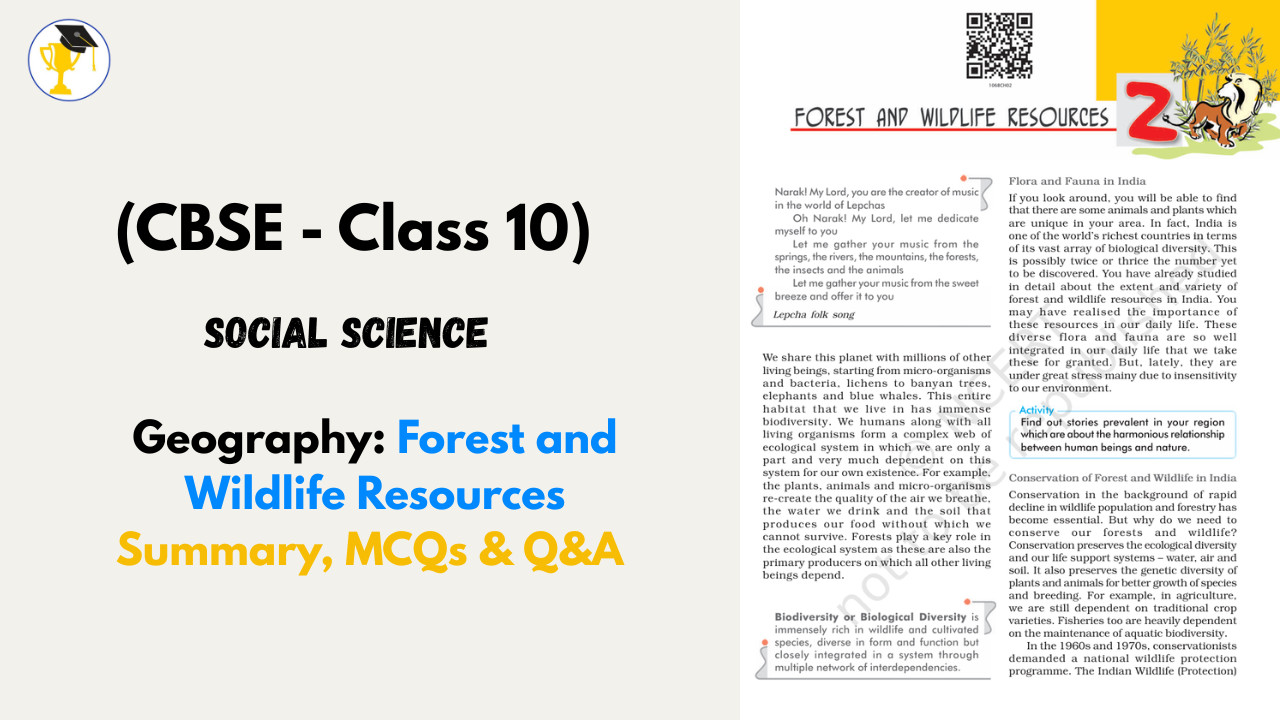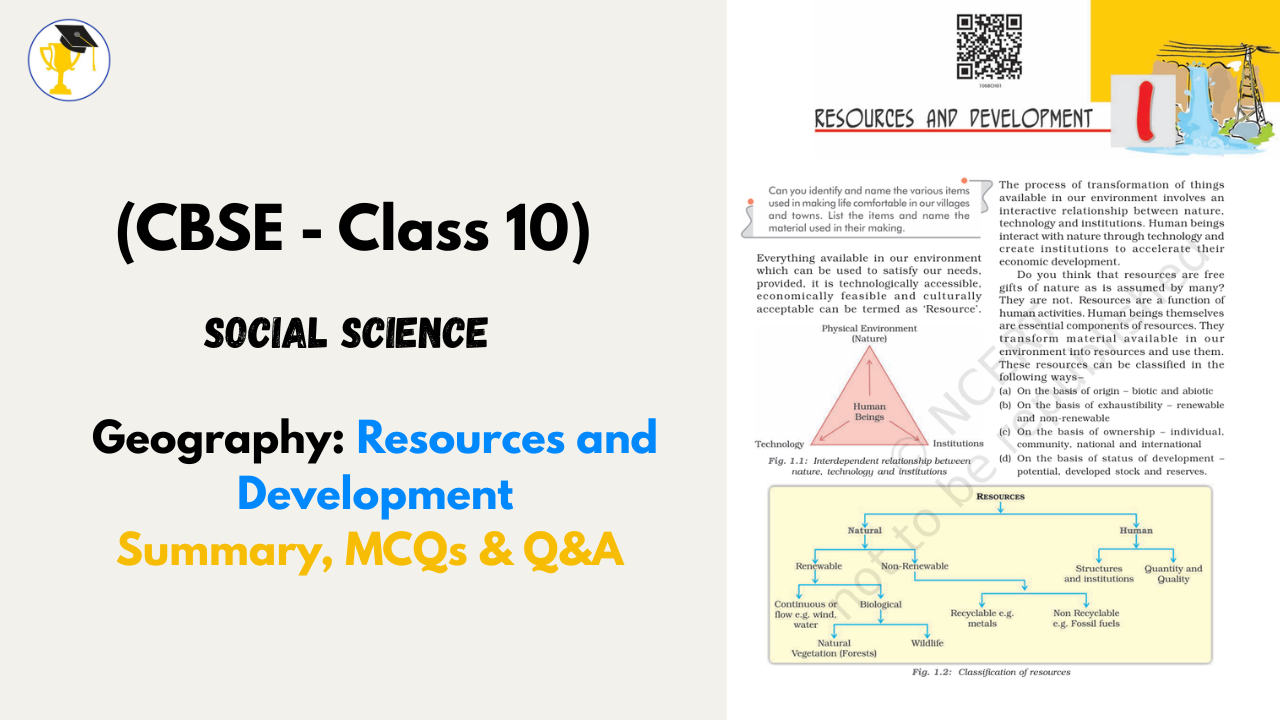Science Communication and Journalism After 12th PCB: Course Details, Admission, Colleges, Scope & Career Opportunities
In an era where information spreads faster than ever, the world needs professionals who can translate complex science into simple, engaging stories — helping people understand research, health, environment, and technology.
That’s where Science Communication and Journalism come in.
If you’re a science student who loves writing, media, or public speaking, this field offers a creative and meaningful career path — connecting science with society.
What is Science Communication and Journalism?
Science Communication is the art of explaining scientific concepts and discoveries to non-scientific audiences — through articles, videos, podcasts, or social media.
Science Journalism, on the other hand, involves reporting scientific news — covering new technologies, environmental issues, medical breakthroughs, and public health topics.
Together, these fields aim to make science accessible, accurate, and inspiring for everyone.
Courses in Science Communication and Journalism After 12th PCB
Students from science backgrounds (PCB or PCM) can pursue science communication, mass communication, or science journalism through specialized undergraduate and postgraduate programs.
| Course Name |
Duration |
Type |
| B.A. / B.Sc. in Journalism and Mass Communication |
3 years |
Undergraduate |
| B.A. in Science Communication / Science Journalism |
3 years |
Undergraduate |
| B.Sc. in Science and Media Communication |
3 years |
Undergraduate |
| M.A. / M.Sc. in Science Communication |
2 years |
Postgraduate |
| PG Diploma in Science Journalism |
1 year |
Professional Course |
You can start with a science degree (like B.Sc. Biology, Physics, Chemistry) and then specialize in Science Communication or Journalism for postgraduate studies.
Eligibility Criteria
-
Qualification: 10+2 with Science (PCB / PCM)
-
Minimum Marks: 50–60% aggregate
-
Age Limit: Minimum 17 years
-
Entrance Exams (depending on college):
-
CUET (for central universities)
-
DUET / BHU UET
-
University-level media entrance tests (like Jamia, Symbiosis, Amity, etc.)
-
Some institutes offer direct admission based on merit or interview.
Top Colleges in India for Science Communication and Journalism
Government & Central Universities
| College / University |
Location |
| Indian Institute of Mass Communication (IIMC) |
Delhi |
| Jamia Millia Islamia |
Delhi |
| Banaras Hindu University (BHU) |
Varanasi |
| University of Delhi |
Delhi |
| Savitribai Phule Pune University |
Pune |
| University of Hyderabad |
Hyderabad |
| Anna University (Science Communication Center) |
Chennai |
| CSIR-NISCAIR (now NIScPR) |
Delhi |
Private Colleges
| College |
Location |
| Symbiosis Institute of Media and Communication |
Pune |
| Amity University |
Noida |
| Manipal Academy of Higher Education |
Manipal |
| Christ University |
Bangalore |
| Lovely Professional University (LPU) |
Punjab |
| Jain University |
Bangalore |
Fee Structure
| Type of College |
Annual Fee Range (INR) |
| Government Universities |
20,000 – 80,000 |
| Private Universities |
80,000 – 2,50,000 |
Scholarships are available for students excelling in academics, writing, or social work.
Core Subjects and Topics Covered
Science Communication and Journalism courses blend science, media, and communication with practical training.
-
Basics of Journalism and Mass Communication
-
Science Writing and Reporting
-
Environmental Communication
-
Health & Medical Journalism
-
Digital Media and Science Outreach
-
Scientific Research Methods
-
Data Visualization and Infographics
-
Science Policy and Ethics
-
Public Relations and Media Management
-
Film Making, Script Writing, and Photography
Students gain practical experience through internships in news agencies, science magazines, or research institutes.
Scope and Career Opportunities
With the growing demand for accurate scientific information — from pandemics to climate change — science communicators are needed more than ever.
You can work in media, education, research, government, or corporate sectors, helping bridge the gap between scientists and the public.
Career Roles
-
Science Journalist / Reporter
-
Science Writer / Editor
-
Content Creator (Health / Environment / Tech)
-
Public Information Officer (Research Institutes)
-
Communication Specialist (NGOs / Govt Bodies)
-
Science Educator or Outreach Coordinator
-
Documentary Producer / Podcaster
-
Digital Media Manager
Organizations Hiring
-
Newspapers and News Channels (The Hindu, NDTV, BBC, Times of India)
-
Science Magazines (Scientific American, Down To Earth, Nature India)
-
Government Departments (CSIR, ISRO, DRDO, ICMR, DBT)
-
NGOs (WWF, UNEP, UNESCO, UNICEF)
-
EdTech and HealthTech Companies
-
Universities and Research Labs
Global Opportunities
Science journalists and communicators are in demand worldwide — especially in countries that emphasize science outreach, environment, and health communication.
Top Countries
| Country |
Career Scope |
| USA |
Science journalism, media production, medical writing |
| UK |
Public science communication, environmental reporting |
| Canada |
Government and NGO communication |
| Australia |
Science media, science education outreach |
| Germany |
Research and technical communication |
Average Global Salary: 40–80 LPA
Many professionals also work as freelance writers, YouTubers, and science communicators online.
Salary Range in India
| Job Role |
Average Salary (INR/year) |
| Science Journalist |
4–7 LPA |
| Health / Medical Writer |
5–10 LPA |
| Content Editor |
4–8 LPA |
| Communication Officer |
5–9 LPA |
| Media & Outreach Specialist |
6–12 LPA |
Experienced communicators and international correspondents earn significantly higher incomes.
Higher Studies and Specializations
After graduation, students can pursue:
-
M.A. / M.Sc. in Science Communication or Journalism
-
PG Diploma in Health or Environmental Journalism
-
Ph.D. in Science Communication
-
MBA in Media Management / Public Relations
Popular Specializations:
-
Health & Medical Communication
-
Environmental Journalism
-
Technology & Innovation Reporting
-
Science Education and Outreach
-
Policy Communication
Why Choose Science Communication and Journalism After 12th PCB?
Combines science, storytelling, and social impact
Huge demand for accurate science reporting in media and health sectors
Freedom to work in media, education, or research communication
Creative career with global opportunities
Fulfilling role in promoting scientific awareness and literacy
Conclusion
Science Communication and Journalism offer a perfect blend of creativity and intellect — allowing you to turn complex science into stories that inspire and educate.
From writing about new discoveries to spreading awareness about climate change or public health, science communicators play a vital role in shaping informed societies.
If you’re a PCB student who loves both science and storytelling, this is your chance to make an impact — one article, video, or story at a time.
Also Read this blog:
https://smartachievers.online/career-options-after-pcb-without-neet
https://smartachievers.online/top-bsc-life-science-courses-after-pcb
https://smartachievers.online/neuroscience-and-psychology-after-12th-pcb-scope-career
https://smartachievers.online/nursing-courses-after-12th-pcb-scope-career
https://smartachievers.online/pharmacy-courses-after-12th-pcb-scope-career
https://smartachievers.online/food-science-and-nutrition-after-12th-pcb-scope-career
https://smartachievers.online/forensic-science-after-12th-pcb-scope-career
https://smartachievers.online/biomedical-engineering-after-12th-pcb-scope-career
 STUDY MATERIALS
STUDY MATERIALS
 ONLINE COURSES
ONLINE COURSES
 MORE
MORE

